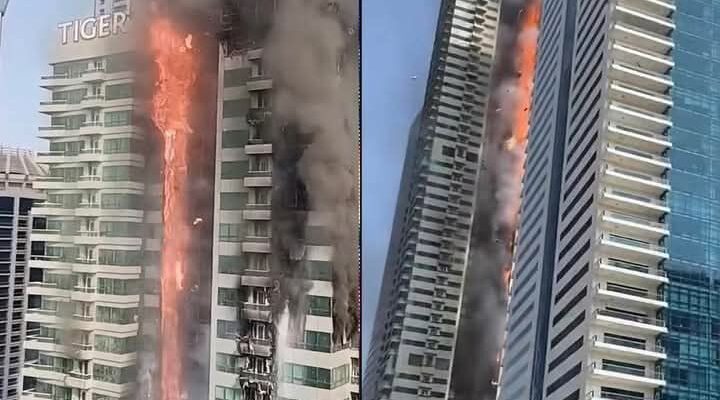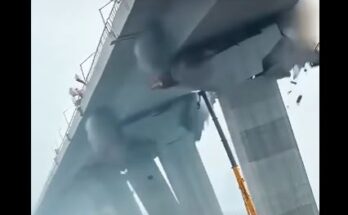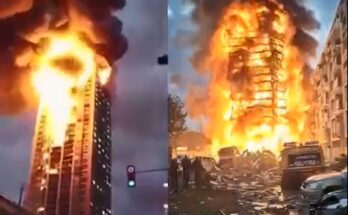In late September, as the anniversary of Hamas’s October 7 attacks approached and Gaza lay in ruins, Israeli Prime Minister Benjamin Netanyahu announced a new strategic priority: targeting Hezbollah in southern Lebanon. Despite a brutal campaign that decimated the group’s leadership and displaced over 1.2 million civilians, Hezbollah remains a formidable opponent — recently even launching a drone strike that hit Netanyahu’s own home.
This article explores how Hezbollah has survived, adapted, and continues to retaliate despite overwhelming Israeli firepower.
1. Israel’s Multi-Front Offensive Against Hezbollah

Killing Top Commanders
In late September, Israeli forces began a sustained bombing campaign. Among the high-profile Hezbollah figures killed were:
Hassan Nasrallah (Secretary-General)Hashem Safieddine (Deputy Leader)Nabil Qaouk, Ibrahim Aqil, and Ali Karaki (Senior Military Commanders)
These strikes targeted Hezbollah facilities in Dahiyeh, Beqaa Valley, and even central Beirut, including drone workshops and financial hubs.
The Psychological Blitz
Israel also reportedly triggered thousands of booby-trapped communications devices (pagers, walkie-talkies), killing militants and civilians alike. The intent: decapitate Hezbollah’s centralized command.
2. Hezbollah’s Resilient Structure and Strategy

Despite these catastrophic hits, Hezbollah remains operational. Why?
Autonomous Units
Hezbollah’s military strategy is rooted in decentralization. Small, highly trained units operate independently, empowered to make tactical decisions on their own. This mission-command style approach has allowed the group to maintain functionality even after its leadership was destroyed
High Mobility and Dispersal
Hezbollah relies on tactics developed in previous conflicts, such as:
Underground tunnels and sheltersMobile rocket platformsMountain bikes for low-profile transportFast setup/disperse times (under 30 seconds for a rocket launch)3. Continued Retaliation Against Israel





